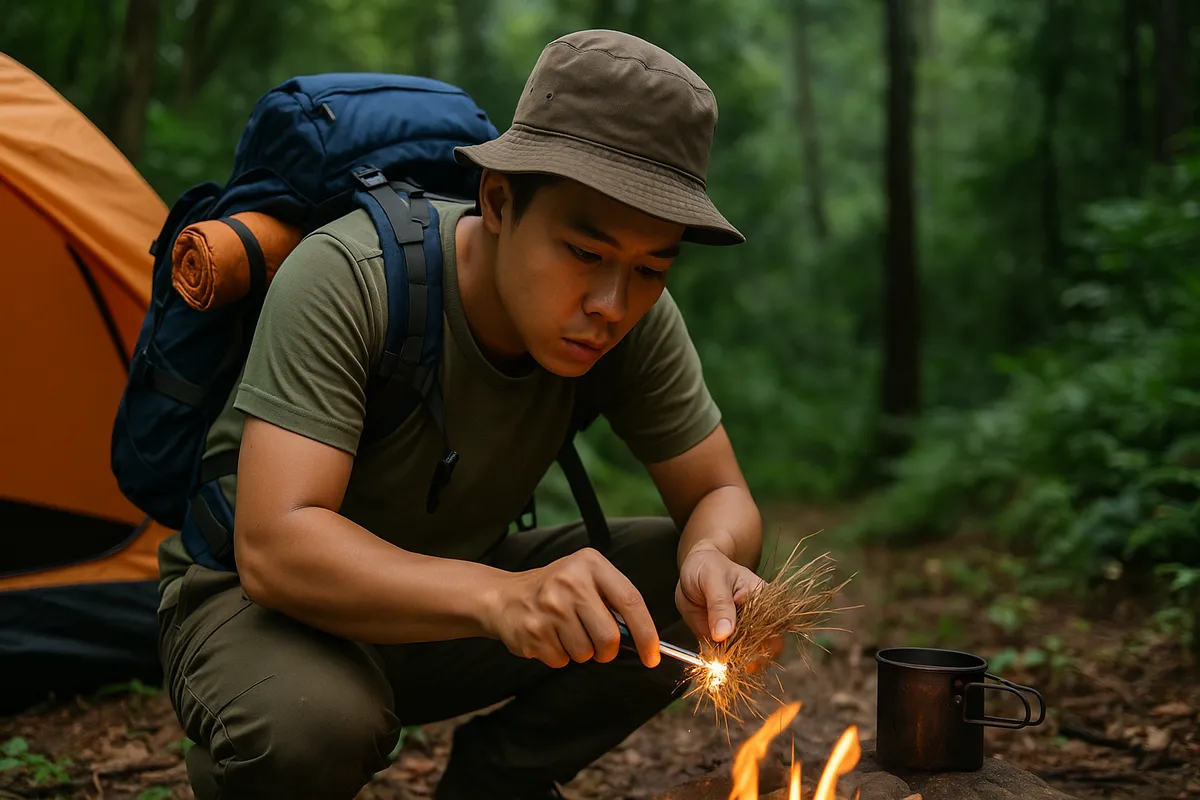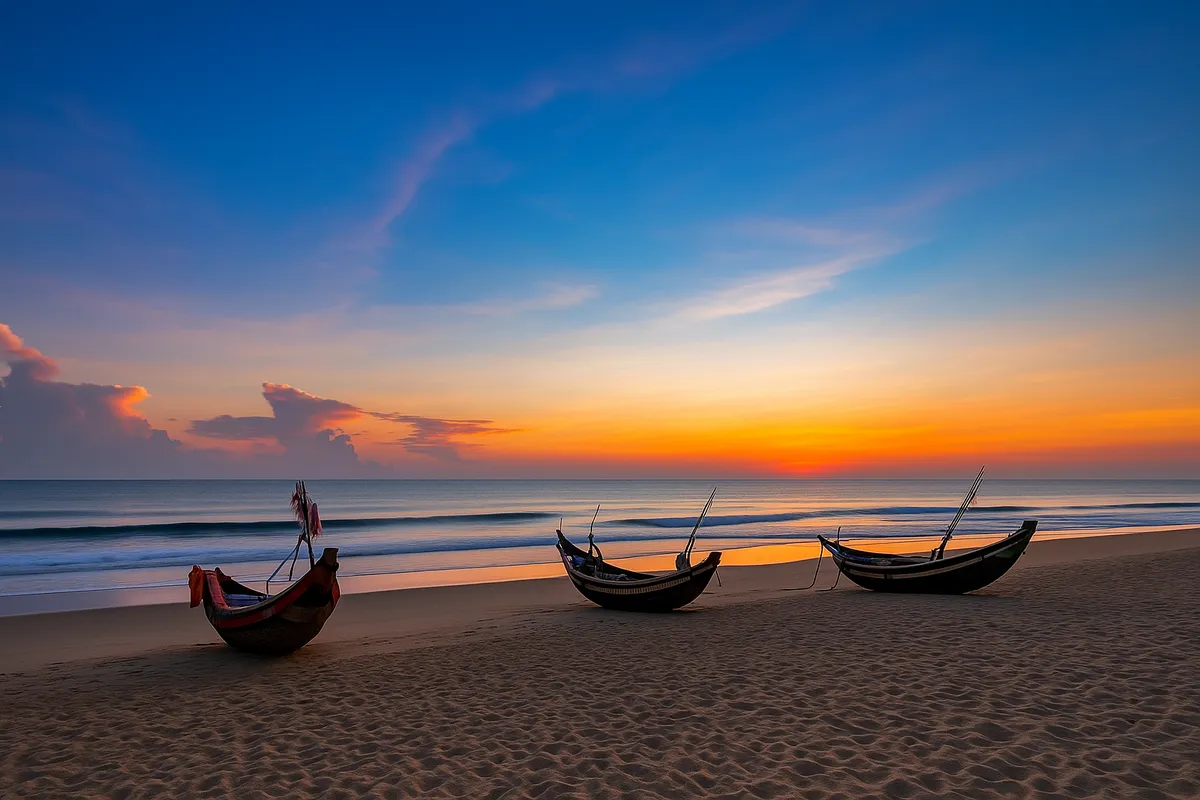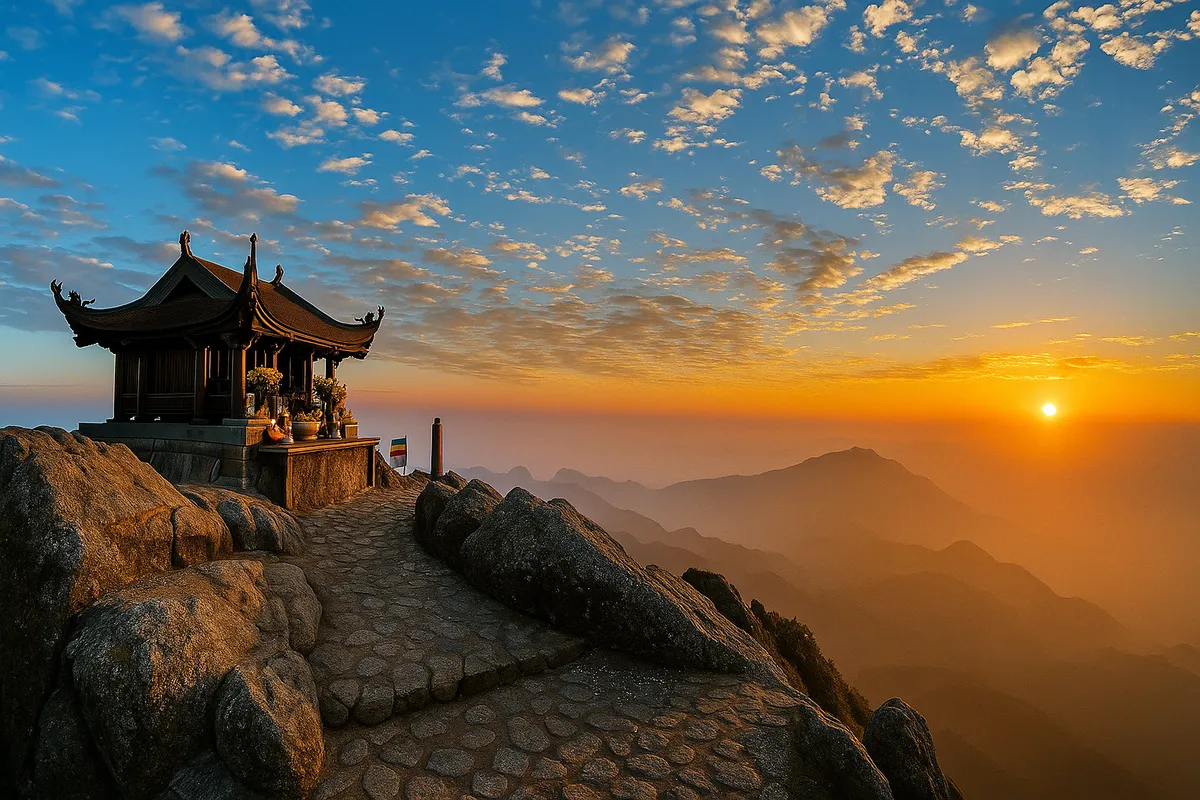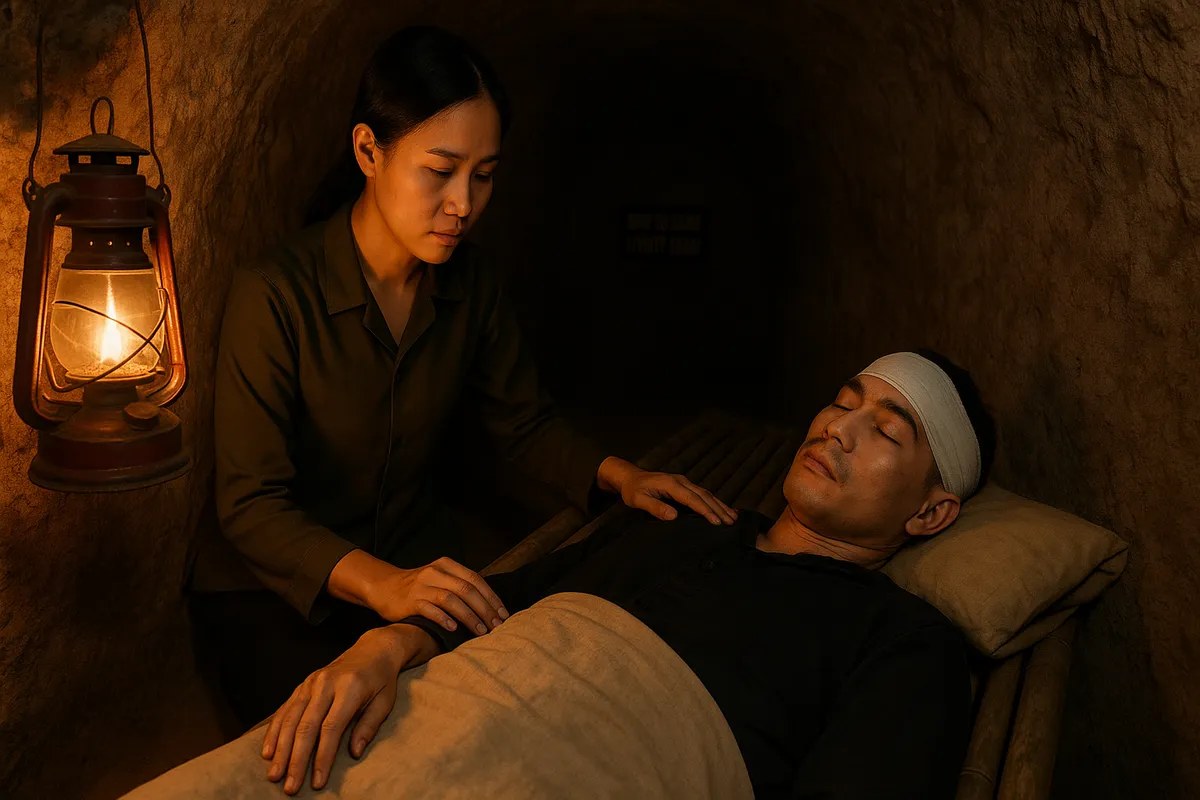Learn basic survival skills before trekking
- Monday, May 26, 2025, 16:53 (GMT+7)
Learn basic survival skills before trekking
Trekking is more than a journey into the wilderness. It is a test of endurance, resilience, and adaptability in an environment where nature does not bend to human will. Winding trails through deep forests, across high passes, or along shallow streams may seem conquerable with a good pair of boots and strong legs. Yet seasoned trekkers know the truth. What keeps every step steady is not just physical strength, but a mastery of basic survival skills that few truly appreciate until the moment demands it.
One of the most crucial preparations is navigation. In remote areas, phone signals often disappear completely. At that point, a paper topographic map and a compass become indispensable. Knowing how to find direction using the sun’s position, the shadows of trees, or the flow of a stream is an overlooked skill until it becomes the only lifeline. Many have gone astray simply because they had no sense of direction, relying entirely on phone GPS without a backup plan. Experienced trekkers often memorize routes using natural markers like oddly shaped rocks, notched tree trunks, or the subtle scent of wildflowers unique to the region.
The second vital survival skill is sourcing safe drinking water. Trekking for hours under the canopy depletes the body’s hydration fast. Clear mountain streams may appear pure, but they often contain harmful microorganisms. Compact water filters or purification tablets are lifesaving essentials. Some use a clever method involving a transparent bottle left in direct sunlight for six hours, allowing ultraviolet rays to kill most bacteria. This simple solar disinfection technique has been adopted by survival experts when nothing else is available but sun and time.
Sudden weather shifts are common in the wild, and being able to build a quick shelter can mean the difference between exhaustion and endurance. Whether traveling in a group or on a guided tour, carrying a lightweight tarp or bivy sack is a wise decision. The forest does not always offer dry wood or a natural cave to escape the rain. With some rope and the right choice of terrain, a basic sheet can become a sturdy shelter against cold wind, night dew, and unwelcome wildlife.
A less-discussed but critical skill is knowing how to respond to insect bites or unexpected encounters with wild animals. Not everyone is prepared for leeches crawling into boots, sudden swarms of forest bees, or strange animal tracks appearing near the tent at night. Locals recommend carrying turmeric powder to disinfect leech bites or tying a small pouch of dried chilies to your backpack to deter animals. If attacked by wild bees, resist the instinct to run. Instead, lie face down, cover your face, stay silent, and wait for the danger to pass. Simple actions like these can make all the difference in a crisis.
Self-care for minor injuries is another survival skill that should be practiced before the trek. A small scratch can easily become infected in a damp forest. A basic first aid kit should include sterile gauze, medical tape, antiseptic spray, and a few essential pills for pain, digestion, or allergies. Some travelers also pack activated charcoal in case of food poisoning along the trail. A well-timed adhesive bandage can carry you through the toughest stretch without the sting becoming a fever.
In emergencies such as getting lost or injured, the ability to call for help is crucial. A survival whistle, small yet powerful, can produce a sound that travels hundreds of meters, especially useful in fog or darkness. Learning how to send distress signals using a mirror to reflect sunlight or arranging stones in clear symbols on the ground can also increase your chances of being rescued.
Lightweight, high-energy dry food is a staple for extended treks. But beyond packaged snacks, knowing how to forage can be a powerful skill. Some trekkers learn to identify edible leaves, locate wild tubers, or recognize safe fruits. A golden rule passed down through generations is to avoid brightly colored fruits with bitter or pungent odors. If in doubt, leave it out.
Trekking is not a contest of stamina. It is a journey of awareness and self-control. Whether you travel alone or in a group, staying calm is essential. Panic only makes things worse. Those with experience follow a principle: stop, think, observe, and choose the best response rather than rushing toward the fastest exit.
A valuable practice among experienced trekkers is the rule of three. Never split into odd numbers. Always maintain regular contact using timed check-ins. If someone needs to advance or falls behind, two others should stay with them to ensure safety. There are real survival stories of people making it through multiple nights lost in the forest simply by sticking to this seemingly simple rule.
Equipping yourself with survival skills does not reduce the excitement of the journey. It creates confidence and peace of mind. Every traveler entering the forest should see themselves not as a conqueror, but as a living creature learning to adapt. With this mindset, actions become more thoughtful, from how a branch is broken to build a tent, to how trash is packed out with care.
Trekking is not for the careless. It is a conversation with nature where every step must carry respect, awareness, and real skill. Only when you are truly prepared with essential survival knowledge does the trail become a memorable experience instead of a reckless gamble.

 CHECKIN.VN
CHECKIN.VN








Share on